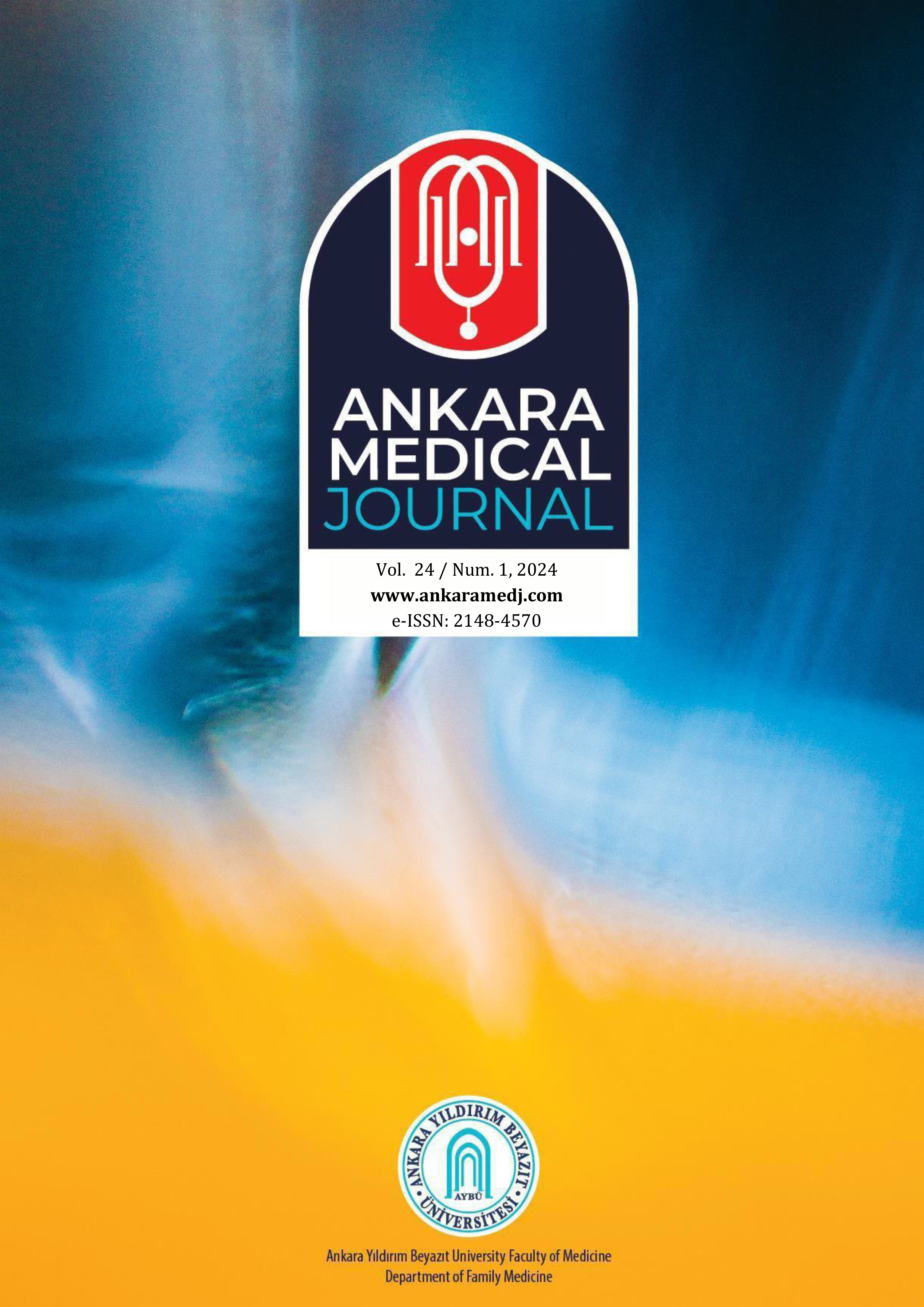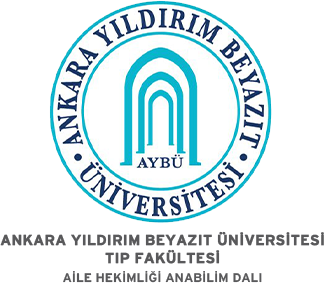Outcomes of Posterior Spinal Fusion and Vertebral Body Tethering in Patients with Adolescent Idiopathic Scoliosis and Evaluation of Quality of Life
Altuğ Yücekul1, Gokhan Ergene21Department Of Orthopedics And Traumatology, Acibadem Mehmet Ali Aydinlar University School Of Medicine, Istanbul, Turkey2Department Of Operating Room Services, Acibadem Mehmet Ali Aydinlar University Vocational School Of Health Sciences, Istanbul, Turkey
INTRODUCTION: Posterior instrumentation and fusion (PEF) is the standard surgical approach and vertebral body tethering (VBT) emerged as an alternative non-fusion technique in the treatment of idiopathic scoliosis. The aim of this study was to compare the correction and health-related life quality of the patients who have undergone PEF and VBT.
METHODS: Matched cohorts were obtained among patients whose curves ranged between 40⁰-70⁰ who had >2 years follow-up. Patients with a lumbar curve included in surgery were excluded. Patients' demographic data, perioperative and follow-up radiographic measurements, and SRS-22 scores were compared.
RESULTS: 16 PEF and 18 VBT patients (30F, 4M) were included. The mean age and follow-up were 13.4 (10-17) years and 25.7 (2432) months. Preoperative upper thoracic, main thoracic (MT), and thoracolumbar (TL) curves were similar among groups. The surgical correction percentage in the MT curve was greater in the PEF group (84%53%, p<0.001), while the overall correction percentage at two years was similar (8076%, p=0.616). There was an improvement in self-image and subtotal scores at two years in PEF and VBT groups (p<0.001p=0.037 and p<0.001p=0.016). In the PEF group, function scores at six months and two years (p=0.027), pain and sub-total scores at two years (p=0.020, p=0.036) were found to be lower compared to VBT.
DISCUSSION AND CONCLUSION: Following PEF and VBT surgeries, a similar improvement was observed in MT and TL curves. While similar improvement is achieved in SRS22 scores, this improvement is dynamically progressed in VBT. Whether SRS22 scores are better in the VBT group should be examined in larger patient series with longer follow-up.
Adölesan İdiyopatik Skolyozlu Hastalarda Posterior Spinal Füzyon ve Vertebra Cisim Gerdirme Cerrahisinin Sonuçlarının ve Yaşam Kalitesinin Değerlendirilmesi
Altuğ Yücekul1, Gokhan Ergene21Acıbadem Mehmet Ali Aydınlar Üniversitesi Tıp Fakültesi, Ortopedi ve Travmatoloji Anabilim Dalı, İstanbul, Türkiye2Acıbadem Mehmet Ali Aydınlar Üniversitesi Sağlık Hizmetleri Meslek Yüksekokulu, Tıbbi Hizmetler Ve Teknikler Bölümü, Ameliyathane Hizmetleri Abd, İstanbul, Türkiye
GİRİŞ ve AMAÇ: Adölesan idiopatik skolyozun (AIS) cerrahi tedavisinde standart yaklaşımı posterior enstrümentasyon ve füzyon (PEF) oluşturur. Tedaviye alternatif, füzyonsuz cerrahi yöntem olan vertebra cisim gerdirme (VBT) ise giderek daha sık kullanılmaktadır. Bu çalışmayla, PEF ve VBT yöntemleri ile ameliyat edilmiş AIS hastalarının düzelme miktarları ve yaşam kalitelerinin karşılaştırılması amaçlanmıştır.
YÖNTEM ve GEREÇLER: Eşleşmiş kohortlar, 2 yıl takipli 40⁰-70⁰ eğriliği olan AIS hastaları incelenerek elde edildi. Lomber eğriliğin cerrahiye dahil edildiği hastalar çalışmadan çıkartıldı. Hastaların demografik verileri, perioperatif ve takip radyografik ölçümleri ve hasta tarafından bildirilen SRS-22 skorları karşılaştırıldı.
BULGULAR: Çalışmaya, 16 PEF ve 18 VBT hastası (30K, 4E) dahil edildi. Kohortun ortalama yaşı 13,4 (10-17) yıl ve takip süresi 25,7 (2432) aydı. Grupların preoperatif üst torasik, ana torasik (MT) ve torakolomber (TL) skolyoz açıları benzerdi. PEF grubunda MT eğrilikte cerrahi düzelme oranı daha fazla (%84%53, p<0,001) iken, 2. yılda toplam düzelme oranları gruplarda benzerdi (%80%76, p=0,616). 2. yılda PEF ve VBT gruplarında kendi imaj/görüşünde ve ara toplamda anlamlı iyileşme olduğu saptandı (p<0,001p=0,037 ve p<0,001p=0,016). PEF grubunda, fonksiyon/ aktivite alt başlığındaki skorlar 6. ayda ve 2. yılda (p=0,027) ve ağrı, ara-toplam skorları 2. yılda, VBT grubuna göre düşüktü (p=0,020, p=0,036).
TARTIŞMA ve SONUÇ: PEF ve VBT cerrahisi takibinde MT ve TL eğriliklerde 2. yılda benzer oranda düzelme görülmektedir. SRS22 skorlarında iki cerrahi ile benzer iyileşme elde edilirken, VBTde bu iyileşme dinamik olarak seyretmektedir. İki grup arasında fonksiyon/aktivite, ara-toplam ve ağrı skorlarının VBT grubunda erken dönem ve takipte füzyona kıyasla daha iyi olması, daha uzun takipli geniş hasta serilerinde incelenmelidir.
Corresponding Author: Altuğ Yücekul, Türkiye
Manuscript Language: Turkish
(988 downloaded)





